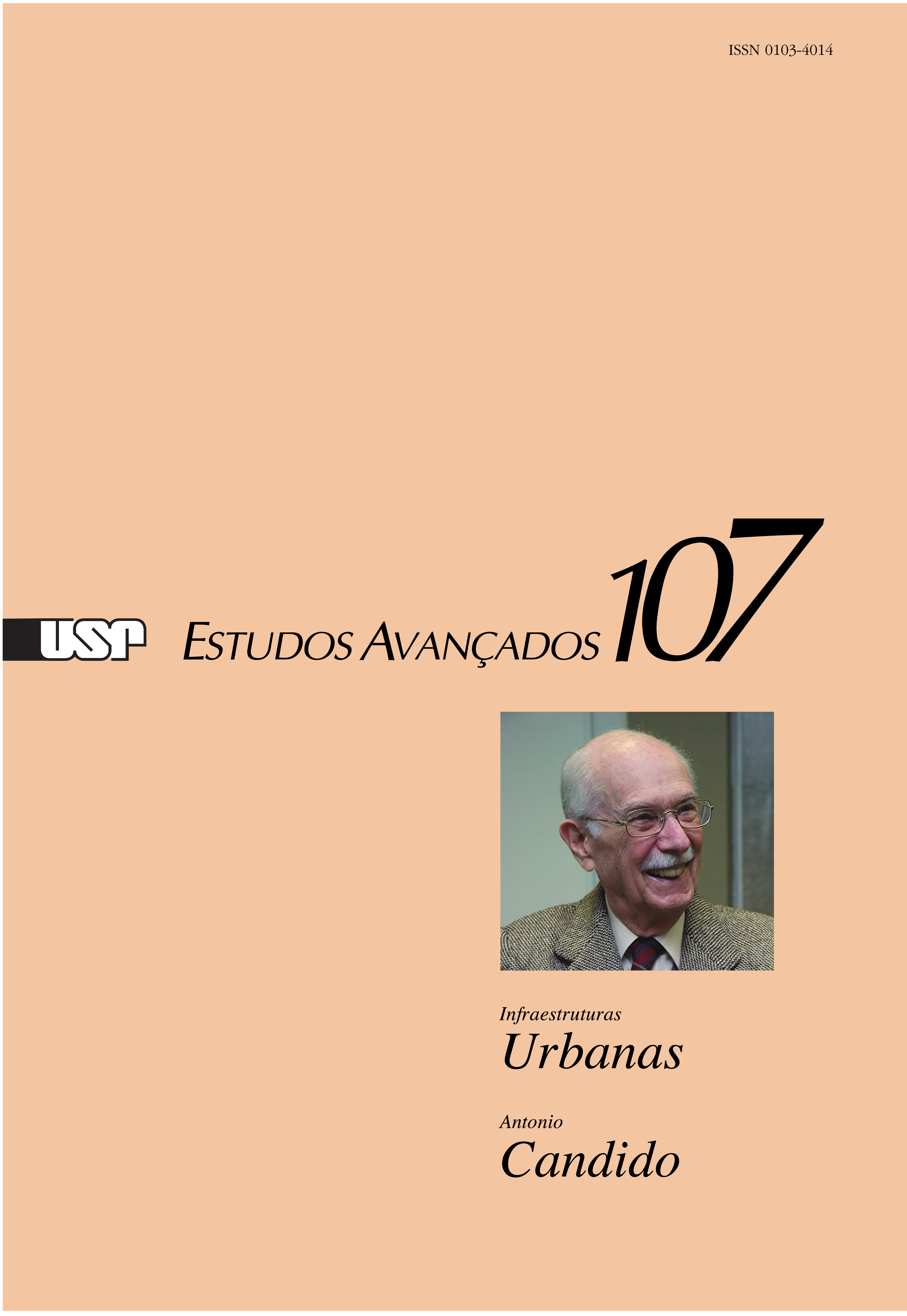From “cycle-view” to “the bike path to death”: The social life of urban infrastructure
DOI:
https://doi.org/10.1590/s0103-4014.2023.37107.004Keywords:
Tim Maia bike path, Landscape, Urban infrastructures, Global SouthAbstract
The paper analyzes the social life of the Bike Path Tim Maia, in the South Zone of Rio de Janeiro. Inaugurated in 2016, the equipment was hailed for offering not only new urban mobility alternatives, but also new framings for the oceanfront landscape. Such combination made the bike path a central element of a broader city project, with the harmonious relationship between humans and nature as one of its main axes. By following the process of ideation, construction, and inauguration of the equipment, as well as its successive collapses, the paper shows how this particular case allows us to reflect on important aspects of urban infrastructures from an anthropological point of view: their multiple timelines, the inextricable relationship between technique and politics, and the different cumulative city projects.
Downloads
References
AGIER, M. Antropologia da cidade: lugares, situações, movimentos. São Paulo: Terceiro Nome, 2011.
APPEL, H.; ANAND, N.; GUPTA, A. Introduction: Temporality, Politics, and the Promise of Infrastructure. In: APPEL, H. et al. (Org.) The Promise of Infrastructure. Durham: Duke University Press, 2018. p.1-40.
ARBOLEDA, P. Ruins of Modernity: The Critical Implications of Unfinished Public Works in Italy. International Journal of Urban and Regional Research, v.41, n.5, p.804-20, 2017.
CAVALCANTI, M. Still construction and already ruin. In: LANCIONE, M.; MacFARLANE, C. (Ed.) Global Urbanism. Abingdon, Oxon; New York, NY: Routledge, 2021.
CREA. Relatório do grupo de trabalho instituído pelo CREA-RJ através da portaria AD/PRES RJ N.010/2017 - GABI de 18/01/2017 para realização de perícia na Ciclovia Tim Maia. Rio de Janeiro: CREA, 2017.
GRAHAM, S.; McFARLANE, C. Introduction. In: GRAHAM, S.; McFARLANE, C. (Org.) Infrastructural Lives: Urban Infrastructure in Context. New York: Routledge, 2014. p.1-14.
GUIMARÃES, R. S.; BARBOSA, A.; MOREIRA, G. Apresentação. In: GUIMARÃES et al. (Org.) Mediações Arquitetônicas. Redes profissionais e práticas estatais no Rio de Janeiro. Rio de Janeiro: Papéis Selvagens, 2021. p.9-30.
GUIMARÃES, R. S.; MARX, V. Intervenções, regulações e contestações. Olhares sobre as cidades contemporâneas. Interseções - Revista de Estudos Interdisciplinares, v.22, p.348-61, 2020.
GUPTA, A. The Future in Ruins: Thoughts on the Temporality of Infrastructure. In: APPEL, H. et al. (Org.) The Promise of Infrastructure. Durham: Duke University Press, 2018. p.62-79.
HARVEY, P. Infrastructures in and out of Time: The Promise of Roads in Contemporary Peru. In: APPEL, H. et al. (Org.) The Promise of Infrastructure. Durham: Duke University Press, 2018. p.80-101.
IPHAN. Dossiê de Candidatura do Rio de Janeiro à Lista de Patrimônio da Humanidade. Brasília, 2012.
LARKIN, B. Políticas e Poéticas da Infraestrutura. Anthropológicas, v.31, n.2, p.28-60, 2020.
MALTA, E. Consumindo Paisagens: Patrimônio Cultural, Turismo e Enobrecimento Urbano no Rio de Janeiro. Tomo, n.31, p.91-134, 2017.
O’DONNELL, J. A invenção de Copacabana. Rio de Janeiro: Zahar, 2013.
PERROTTA, I. Promenades do Rio: a turistificação da cidade pelos guias de viagem de 1873 a 1939. Rio de Janeiro: Rio450/Hybris Design, 2015.
RAMAKRISHNAN, K.; O’REILLY, K.; BUDDS, J. The temporal fragility of infrastructure: Theorizing decay, maintenance, and repair. Environment and Planning E: Nature and Space, v.4, n.3, p.674-95, 2020.
STAR, S. L. The Ethnography of Infrastructure. American Behavioral Scientist, v.43, n.3, p.377-91, 1999.
Downloads
Published
Issue
Section
License
Copyright (c) 2023 Julia O’Donnell

This work is licensed under a Creative Commons Attribution-NonCommercial 4.0 International License.
Estudos Avançados não celebra contrato de cessão de direitos autorais com seus colaboradores, razão pela qual não detém os direitos autorais dos artigos publicados. Os interessados em reproduzir artigos publicados na revista devem necessariamente obter o consentimento do autor e atribuir devidamente os créditos ao periódico.


